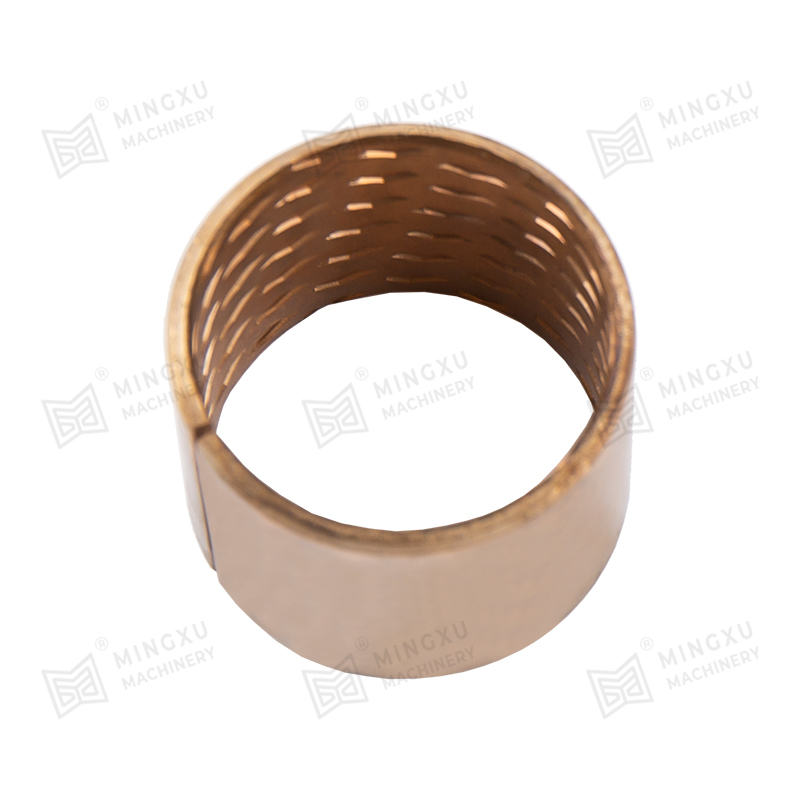The main differences between
oil-free bearings and metal bearings are reflected in their structure, lubrication method, performance characteristics and applicable scenarios.
From a structural point of view, oil-free bearings have the characteristics of a metal matrix to bear load, and their lubrication function relies on specially formulated solid lubricating materials. Metal bearings are mainly made of metal materials, and their lubrication usually relies on external oil or lubricant.
In terms of lubrication, oil-free bearings achieve self-lubrication through the solid lubricating material inside them, without the need for external oil or lubricants. This makes oil-free bearings have significant advantages in some special environments, such as heavy loads, low speeds, reciprocating or swinging situations where it is difficult to form an oil film. Metal bearings require regular addition of oil or lubricant to maintain normal operation.
In terms of performance characteristics, oil-free bearings have the characteristics of high load-bearing capacity, impact resistance, high temperature resistance, and strong self-lubricating ability. It is not afraid of erosion and erosion by water and other acids, which allows it to operate stably in some harsh working environments. Although metal bearings also have high load-bearing capacity, their performance may be affected in some special environments, such as high temperature or poor lubrication.
From the perspective of applicable scenarios, oil-free bearings are particularly suitable for heavy loads, low speeds, reciprocating or swinging situations where lubrication and oil film formation are difficult. Metal bearings are more widely used in general mechanical equipment. As long as they can maintain good lubrication, metal bearings can operate stably.




 English
English Español
Español
















Contact Us